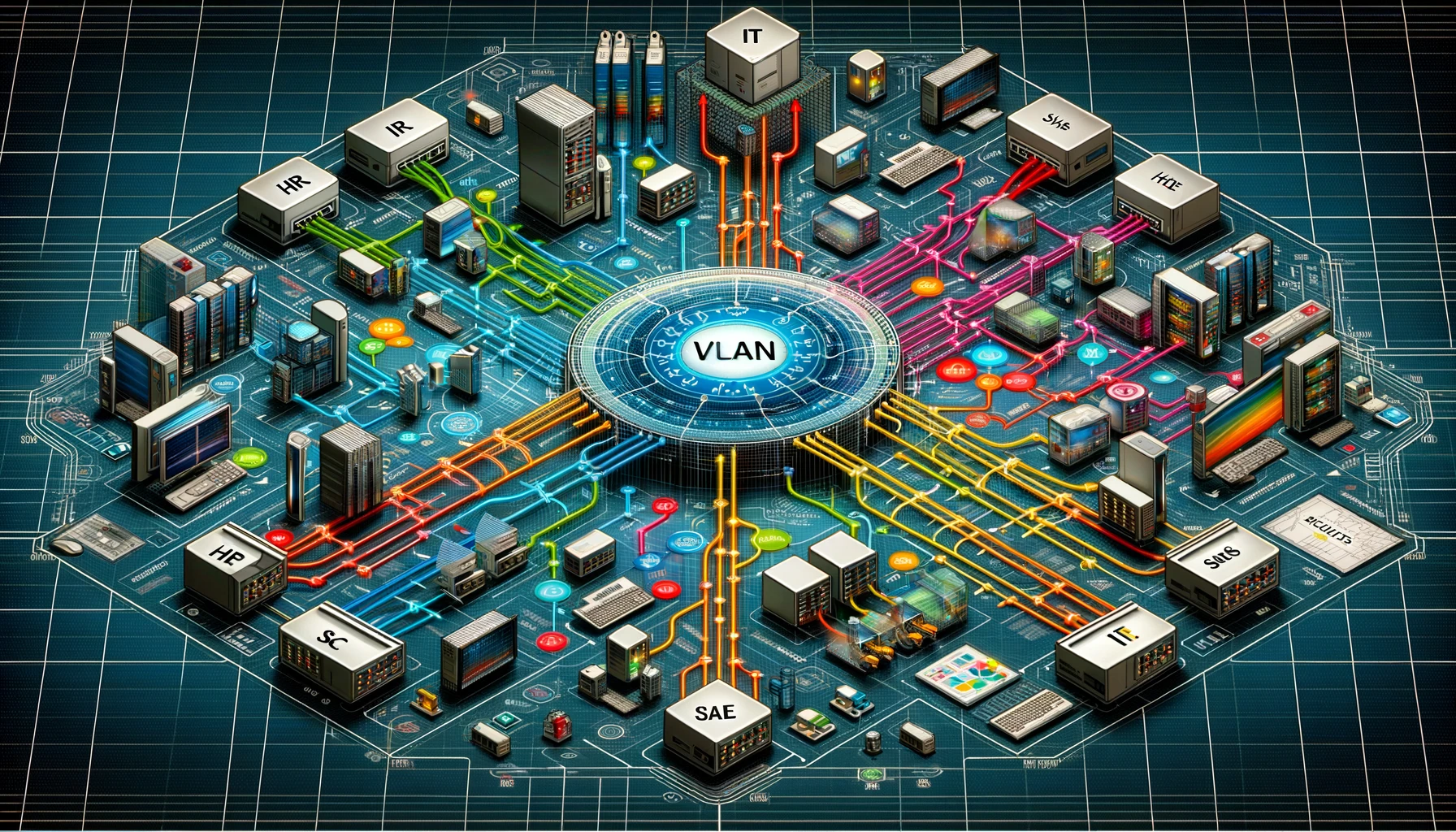A VLAN, or Virtual Local Area Network, is a technology used to segment a single physical network into multiple distinct broadcast domains. This segmentation is achieved through the configuration of network devices such as switches and routers. Essentially, VLANs allow network administrators to group hosts together even if they are not directly connected to the same network switch.
Here are some of the key benefits of using VLANs within the same network:
- Improved Security: VLANs provide security by segmenting the network and limiting broadcast domains. Devices in one VLAN do not see traffic from another VLAN without explicit routing, thus reducing the risk of sensitive data leakage between different departments or user groups.
- Better Performance: By reducing the size of broadcast domains, VLANs decrease the amount of broadcast traffic on a network. This helps in managing network congestion and improves the overall performance of the network.
- Simplified Administration: VLANs can make network management easier. For example, adding or moving devices can be done with network configuration changes rather than physical relocation of devices. This allows for more flexible management of connections and network policies.
- Cost Efficiency: VLANs can help in reducing the need for costly network upgrades or additional hardware by optimizing the use of current network capacity and infrastructure.
- Segmentation and Isolation: VLANs allow the network to be split into logical groups for more effective and secure communication. For instance, a company could create VLANs to separate different departments like sales, HR, and technical support, ensuring that the network traffic and resources are allocated according to the needs of each department.
- Enhanced Control Over Policies: Network administrators can enforce policies on a per-VLAN basis, rather than across all devices on a network. This means policies and resource restrictions can be more finely tuned according to the needs of specific groups of users.
By utilizing VLANs, organizations can create a more flexible, secure, and efficient networking environment.

